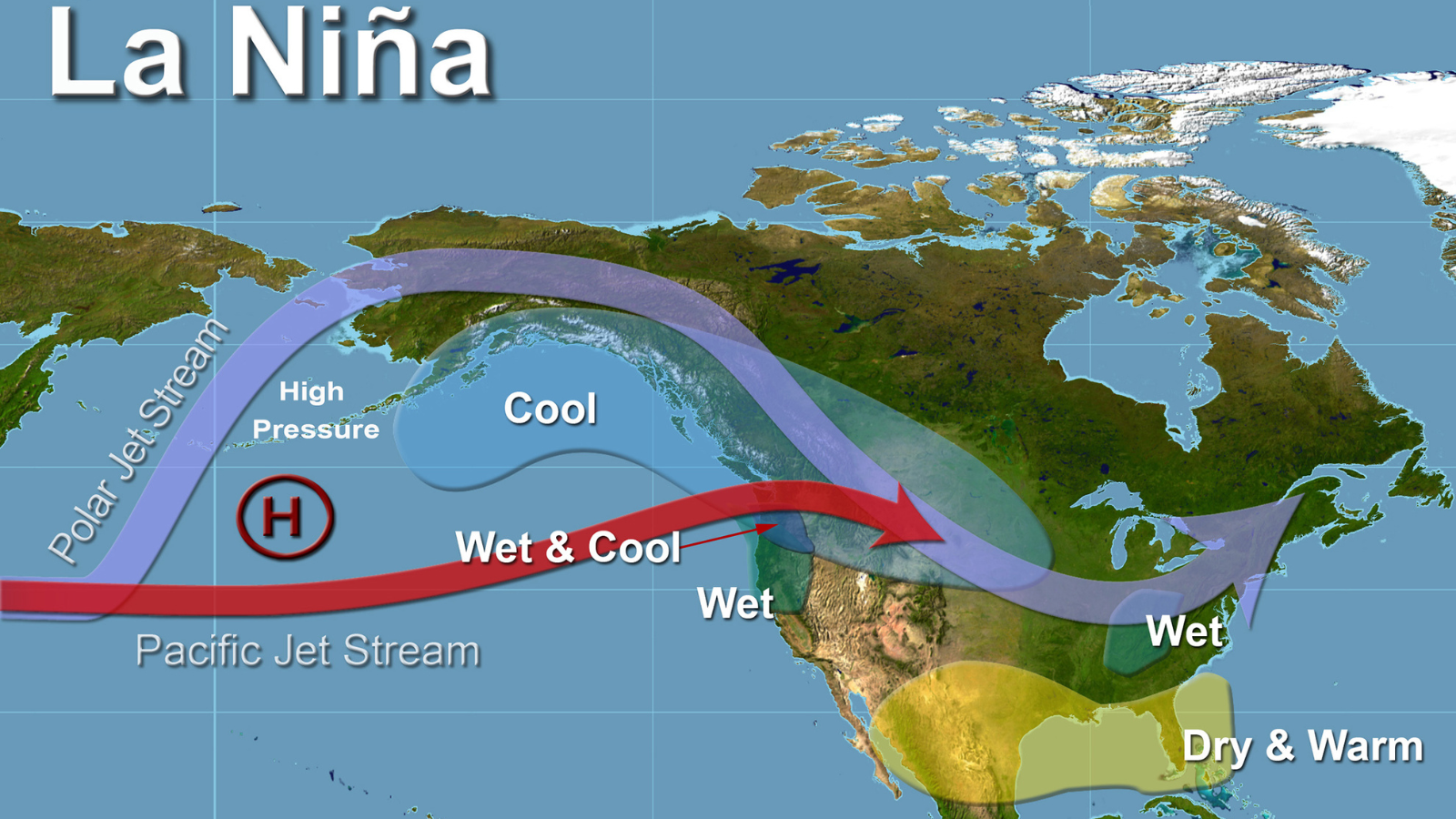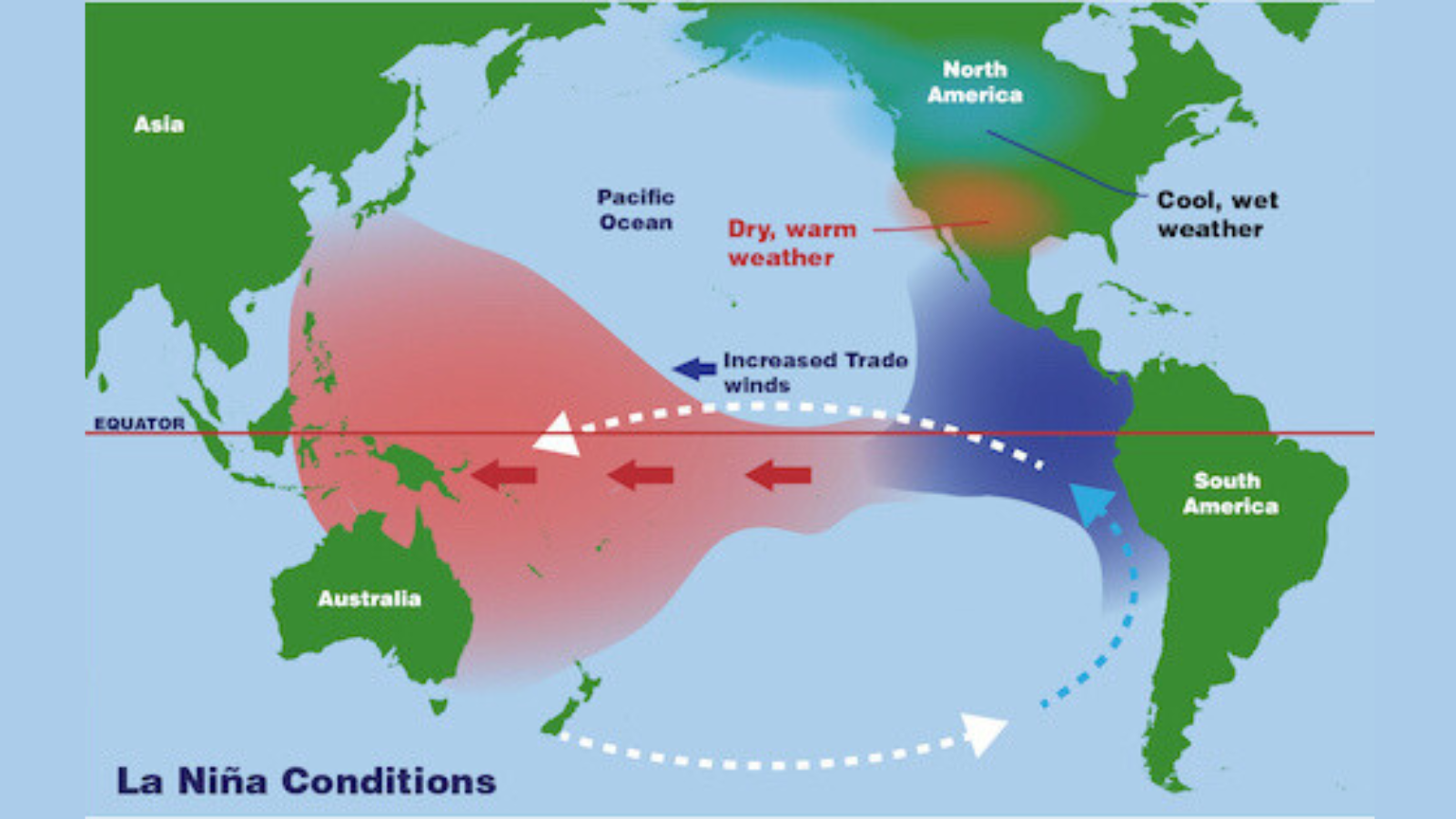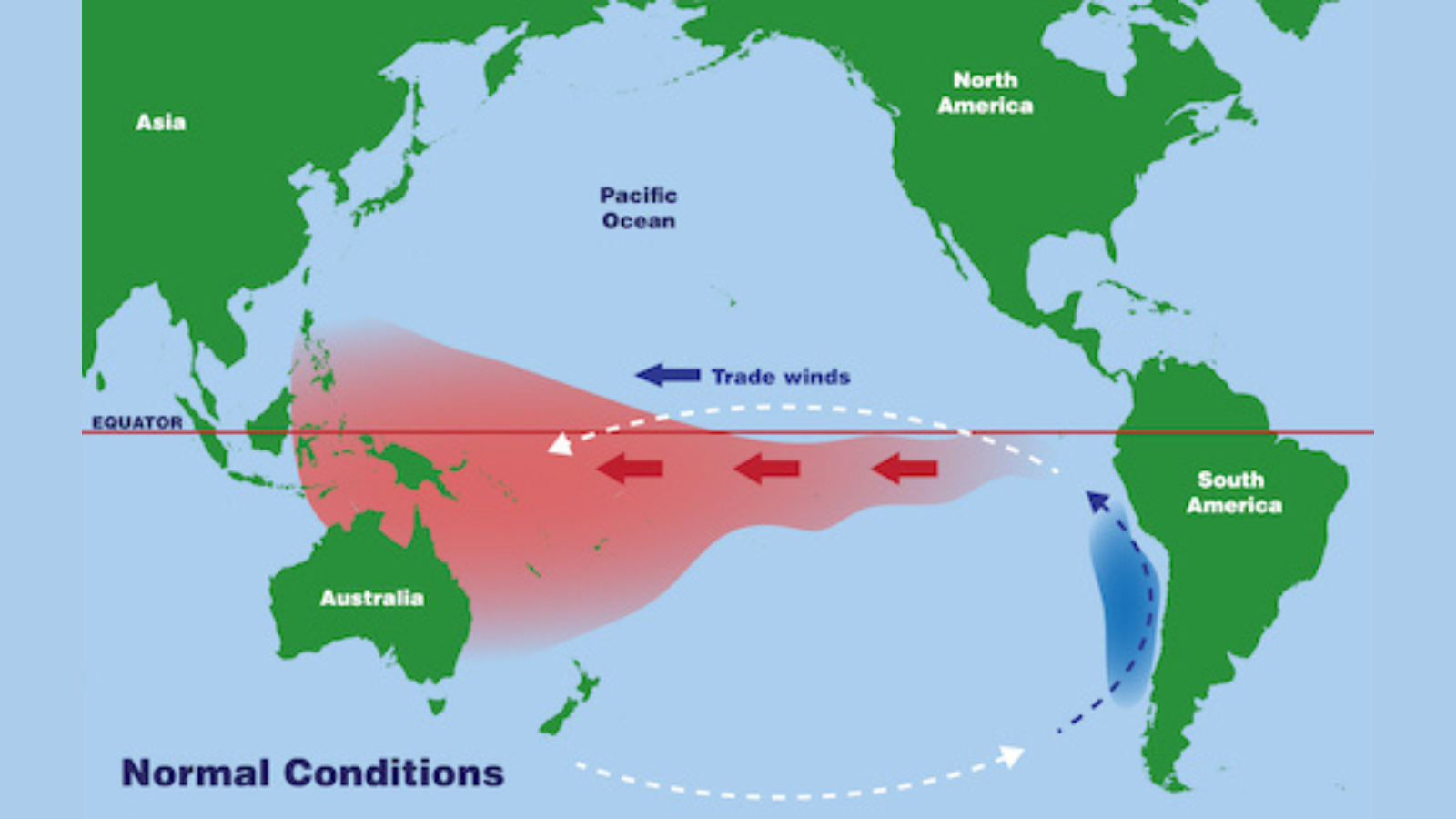La Niña Effect 2025: Why India May Face A Longer And Colder Winter This Year
Get ready for a chilly twist this winter! Weather experts predict that India could experience a colder and longer winter season in 2025 due to a global climate event called La Niña. This natural oceanic phenomenon occurs when surface waters in the central and eastern Pacific Ocean become cooler than usual, affecting wind patterns and weather systems worldwide.
Unlike El Niño, which brings warmer and drier conditions, La Niña often leads to cold winters, heavier rains, and stronger monsoons. Meteorologists suggest that a moderate to strong La Niña phase could cause temperatures in North and Central India to dip significantly this year.
What Is the La Niña Effect ?
La Niña is a recurring climate pattern and the cool phase of the El Niño–Southern Oscillation (ENSO) cycle. During this phase, strong trade winds push warm ocean water westward, allowing cold water to rise to the surface near South America. This cooling influences rainfall, storms, and global temperature trends.
How La Niña Affects Global Weather
 La Niña conditions (Image Credit: NASA.gov)
La Niña conditions (Image Credit: NASA.gov)
The La Niña effect doesn’t just impact India, it influences weather systems around the globe:
These changes disrupt agriculture, energy use, and even economic stability across continents.
Impact of La Niña on India
 Normal conditions (Image Credit: NASA.gov)
Normal conditions (Image Credit: NASA.gov)
According to the India Meteorological Department (IMD), La Niña could peak by late 2025, making February colder and winter longer than usual. Here’s how different regions may feel its effect:
What Makes the 2025 Winter Unique
The La Niña effect highlights how interconnected our planet’s climate systems are. Ocean temperatures thousands of miles away can shape India’s winter mood. So, this year, get your woollens ready a longer, colder, and perhaps more magical winter awaits!

Unlike El Niño, which brings warmer and drier conditions, La Niña often leads to cold winters, heavier rains, and stronger monsoons. Meteorologists suggest that a moderate to strong La Niña phase could cause temperatures in North and Central India to dip significantly this year.
What Is the La Niña Effect ?
La Niña is a recurring climate pattern and the cool phase of the El Niño–Southern Oscillation (ENSO) cycle. During this phase, strong trade winds push warm ocean water westward, allowing cold water to rise to the surface near South America. This cooling influences rainfall, storms, and global temperature trends.
How La Niña Affects Global Weather

The La Niña effect doesn’t just impact India, it influences weather systems around the globe:
- Cools Pacific Ocean temperatures, altering global wind flow.
- Increases rainfall in Asia and Australia, often causing floods.
- Boosts cyclone activity in the western Pacific region.
- Triggers droughts in South America and southern Africa.
- Brings colder winters to North America and South Asia.
These changes disrupt agriculture, energy use, and even economic stability across continents.
Impact of La Niña on India

According to the India Meteorological Department (IMD), La Niña could peak by late 2025, making February colder and winter longer than usual. Here’s how different regions may feel its effect:
- Northern India: Severe cold waves and foggy mornings.
- Central India: Longer winter months and dry, crisp air.
- Southern India: Possible unseasonal showers.
- Himalayan Region: Heavy snowfall in January and February.
What Makes the 2025 Winter Unique
- Extended Duration: Winter may continue into early March.
- More Cold Waves: Northern plains might face frequent chills.
- Record Snowfall: Hill stations like Manali and Shimla could receive heavy snow.
- Dense Fog: Delhi, Punjab, and Haryana may see reduced visibility.
- Cooler Days: Daytime temperatures could stay 1–2°C below normal.
The La Niña effect highlights how interconnected our planet’s climate systems are. Ocean temperatures thousands of miles away can shape India’s winter mood. So, this year, get your woollens ready a longer, colder, and perhaps more magical winter awaits!
Next Story